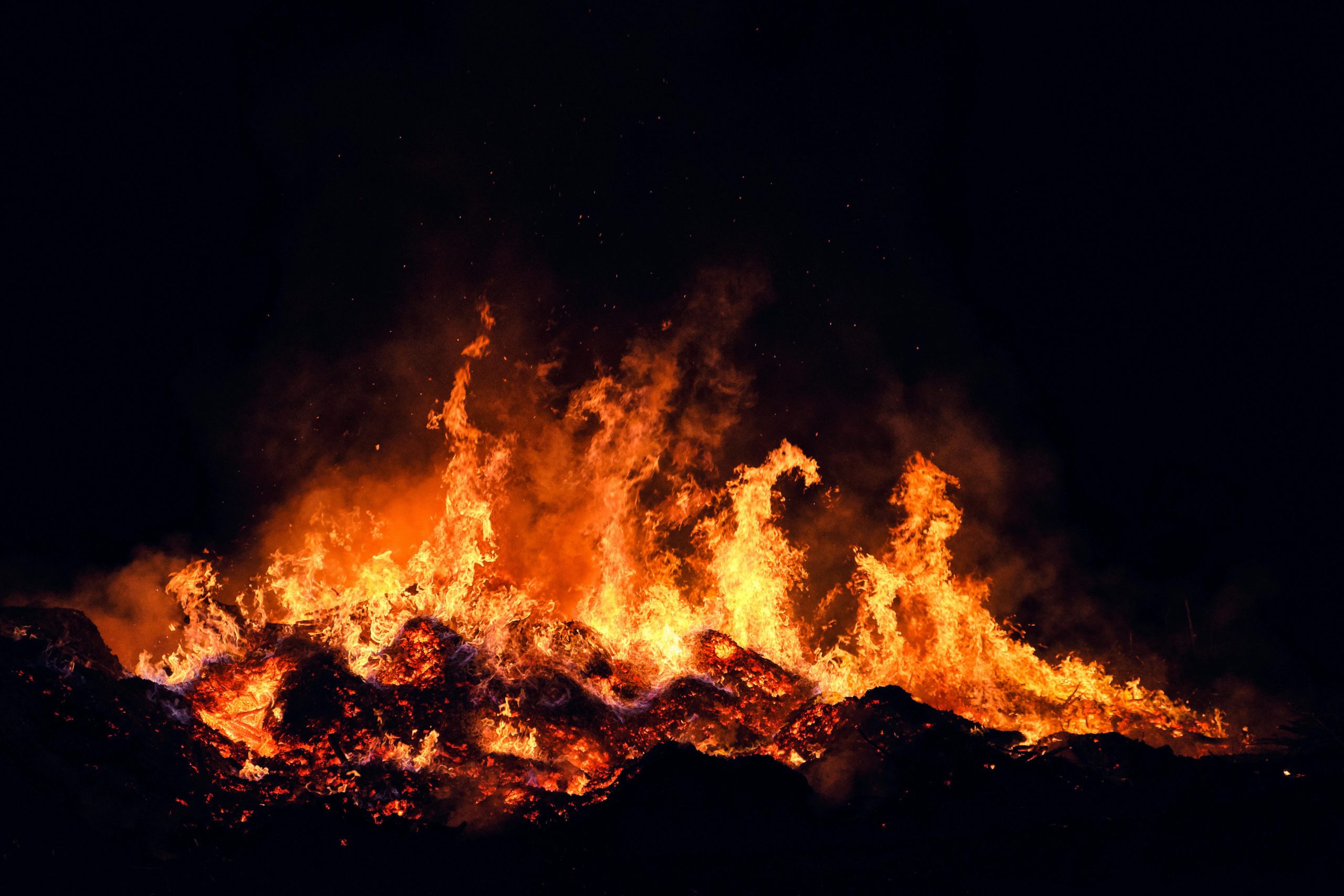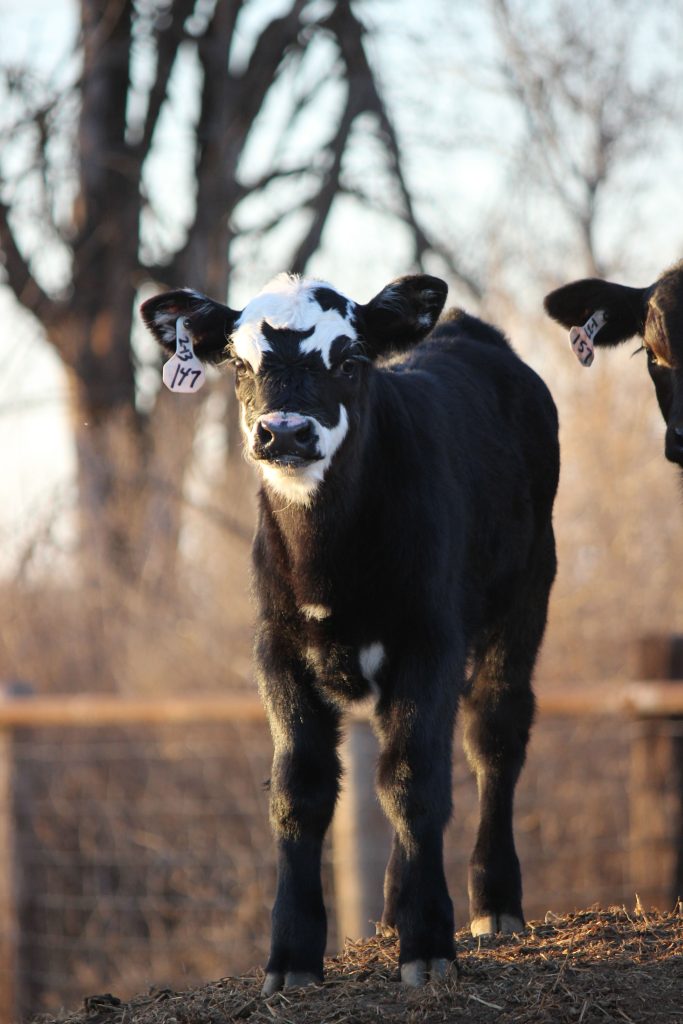Wildfire recovery through the eyes of a veterinarian

Dr. Randall Spare, DVM, knows what it feels like to be in the path of a wildfire. He is the president of Ashland Veterinary Center in Ashland, Kansas, and euthanized countless livestock during the Starbuck fires in 2017, which burned more than 450,000 acres in Kansas and nearly 200,000 acres in Oklahoma. Furthermore, he lost one-third of his personal cowherd to the flames, giving him a unique perceptive on wildfires and rebuilding from a rancher and veterinarian’s viewpoint.
“I didn’t know how I was going to get through it, but it’s just a one-day-at-a-time deal,” Spare said. “I drove through my cows one time and saw the suffering and pain, and I had to have someone else come and put them to sleep. My neighbor had 270 cows before the fires, and after he only had 17 left. My situation was peanuts compared to others’ losses. The cattle had three dispositions: they were alive and OK, they were dead, or they needed to die. There wasn’t anything in between. We lost between 6,000 to 9,000 head of cattle, just in our county.”
The Smokehouse Creek fires, which started Feb. 26 and were finally 100% contained on March 17, burned more than a million acres in Texas and parts of western Oklahoma. Spare remembers the Starbuck fires as a chaotic time, and he advises anyone going through recovery from the recent fires to slow down and focus on one challenge at a time, accept help when it is offered and provide excellent care to surviving livestock.

“They need to try to capture the most value out of the cattle they have left and keep them alive,” Spare said. “Know that they’re still going to find some cattle that won’t produce.”
Spare recommends producers and veterinarians pay special attention to udders and hooves, as those are crucial areas that can receive long-term damage from burns. The udders should be physically examined to check for viability, and in some cases hooves will fall off.
“What happens is the feet have gotten so hot, they separate at the coronary band or hairline,” Spare said. “Usually that happens within five to eight days of a wildfire. There are cows that have been burned on other parts of their body, but they will survive and be OK.”
Spare said cattle raisers should expect more animals to either require euthanasia down the road or need to be culled from the herd. The bright spot is that value of an open cow is very high in the current cattle market, allowing for extra financial recoup possibilities.
What will it take to rebuild?
When it comes to donations and relief funds, Spare said in his experience it was difficult for farmers and ranchers to accept help, but they should change their mindset in a disaster situation.
“Don’t say no to people’s gifts because when we are willing to take people’s help, we bless them, and we also create accountability on our part to persevere,” Spare explained. “And it’s a token to say, ‘Hey, you can do this.’ Take as much hay as people bring you, even though you may not need it right now. We won’t have hardly any forage production all summer, even if it starts raining. This hay will help us get through the wintertime. Even though you feel like your pile of hay is big or you’re embarrassed to take it, let people bless you.”
Spare said fencing will be one of the most significant challenges as the Texas Panhandle and western Oklahoma ranchers rebuild. Before the prairie starts to bounce back, miles of fencing must be erected to contain cattle before they return to the land. Rain is the only catalyst that can start the repair of the singed Texas and Oklahoma soil, according to Spare.
“Pray for rain because recovery is totally dependent on moisture,” he said. “We want anything to grow out there, even if it’s weeds. It took a good two years for us to restock to where we were. With just the enormity of the grass in the Texas and Oklahoma Panhandle, they won’t be any different.”
Spare said veterinarians can play a crucial role in guiding those affected by the fires because they already have a strong connection with the people who own livestock in their area. He said during the Starbuck fires, his clinic was extremely involved in the committees that were formed in the aftermath of the fires and helped handle donations and care for the people and their livestock.
“Veterinarians are in a better position to help people than Extension agents because we’re out there all the time,” Spare said. “That’s why it’s so important to have veterinarians in these rural communities. Producers need to have a sounding board or someone to talk with to help them think through these situations. There are people who are well-connected and have lots of help. It’s important for veterinarians to check on them, but also talk to the people who don’t operate in big circles. They may need your help the most.”
His final message to those rebuilding from the fires is for those affected to look toward the future and be thankful for what they have, even in the face of a monumental disaster in the High Plains.
“There’s an opportunity here,” Spare said. “You just have to find it and persevere. There are people from the Starbuck fires who are stronger because the fire happened. They actually have better fences now. Remember to count your blessings, and reach out to others in dark times. We have a responsibility as agricultural leaders in our communities to make sure our neighbors are doing OK.”
To learn more about supporting the farmers and ranchers affected by the Smokehouse Creek fires, visit www.hpj.com/2024/02/29/wildfire-relief-resources-and-donations/.
Lacey Vilhauer can be reached at 620-227-1871 or [email protected].



